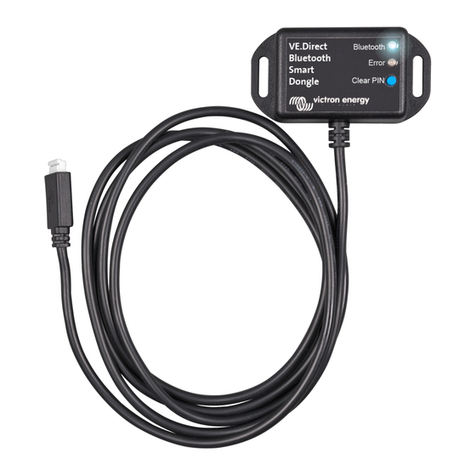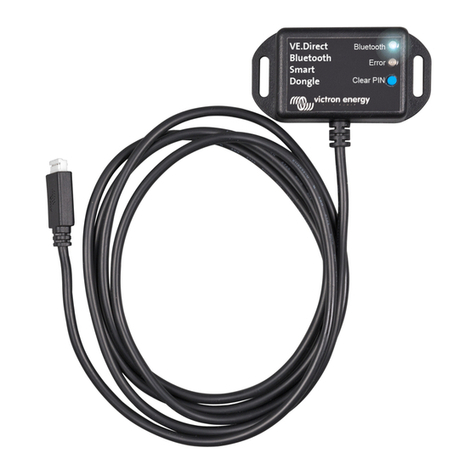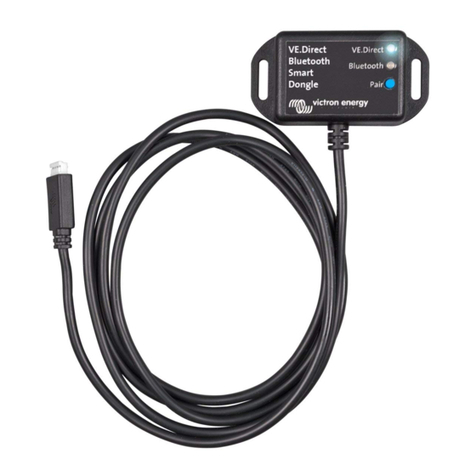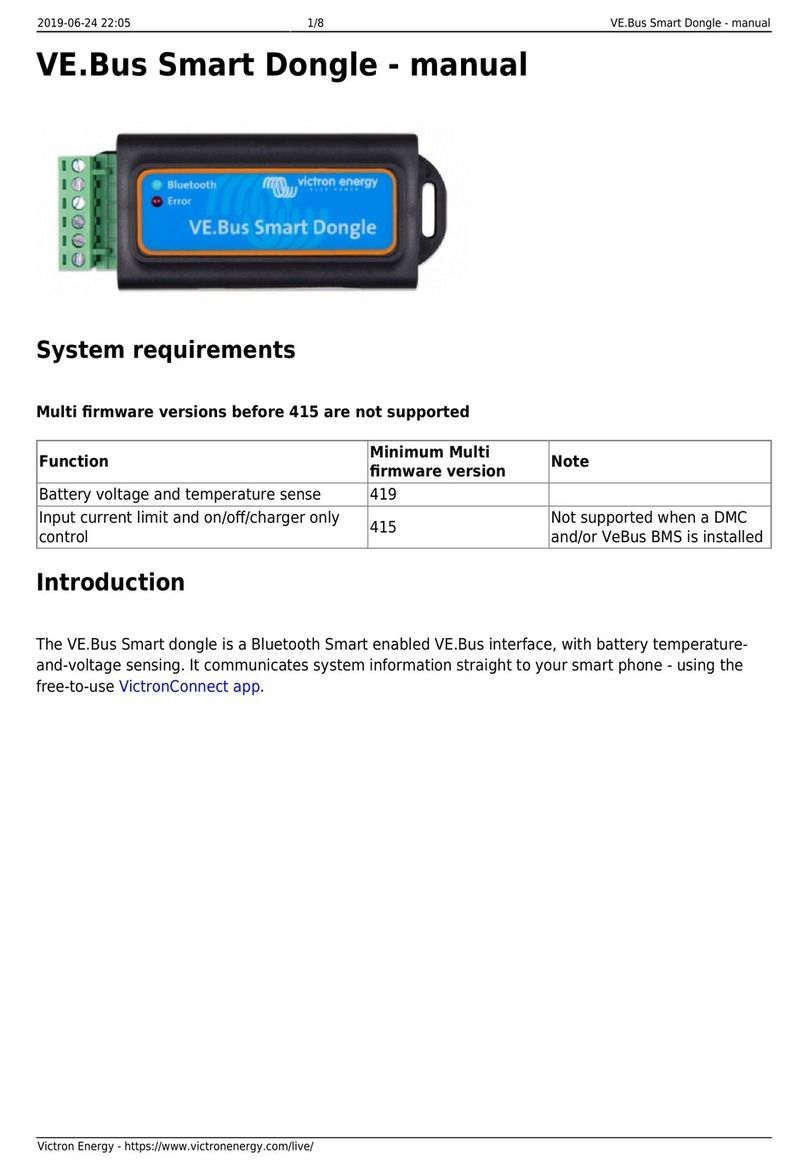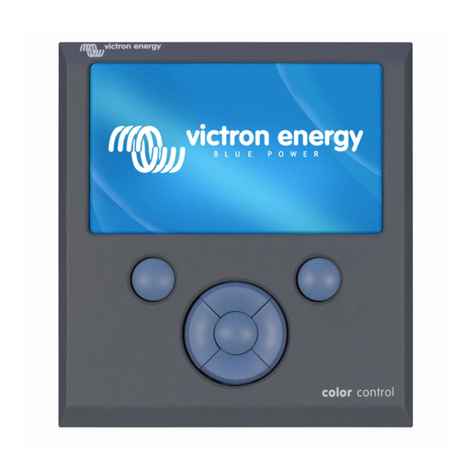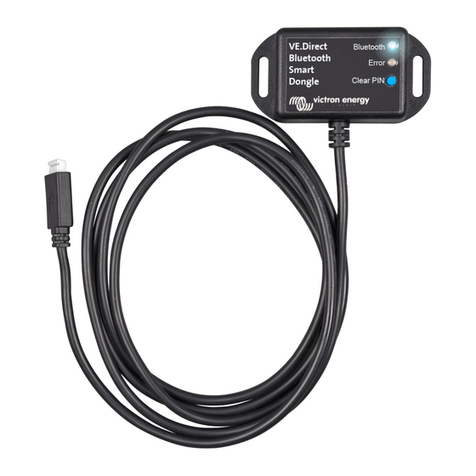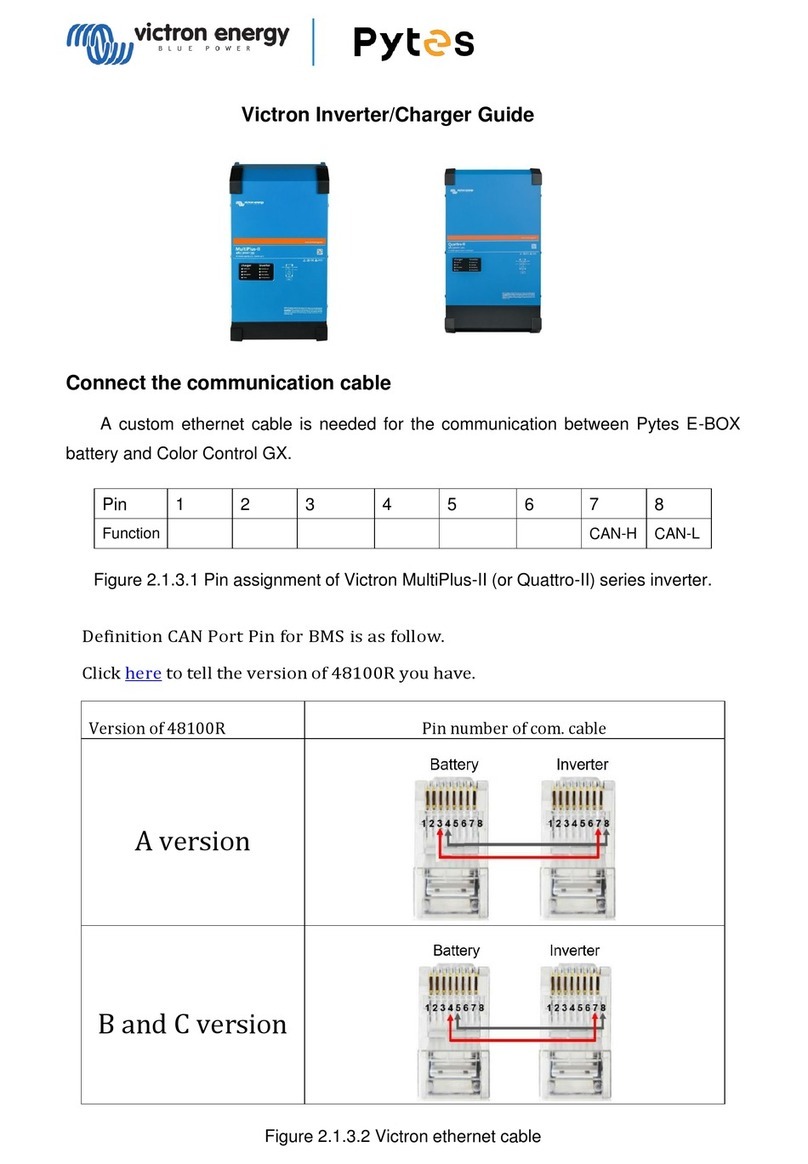
# Description
3 Mains detector
4 Inverter/charger
5 VE.Bus BMS V2
6 Lithium Battery Smart
3.3. Controlling DC loads and chargers
3.3.1. DC load control
DC loads with remote on/off terminals:
DC loads must be switched off or disconnected to prevent cell undervoltage. The "Load Disconnect" output of the BMS can be
used for this purpose. The "Load Disconnect" output is normally high (= battery voltage). It becomes free-floating (= open circuit)
in case of an impending cell undervoltage (no internal pull down to limit residual current consumption in case of low cell voltage).
DC loads with a remote on/off terminal that switches the load on when the terminal is pulled high (to battery plus) and switches it
off when the terminal is left free-floating can be controlled directly with the BMS Load Disconnect output.
DC loads with a remote on/off terminal that switches the load on when the terminal is pulled low (to battery minus) and switches
it off when the terminal is left free-floating, can be controlled with the BMS Load Disconnect output via an Inverting remote on/off
cable.
Note: please check the residual current of the load when in the off state. After low cell voltage shutdown, a
capacity reserve of approximately 1Ah per 100Ah battery capacity is left in the battery. For example, a residual
current of 10mA can damage a 200Ah battery if the system is left in a discharged state for more than eight
days.
Disconnecting a DC load via a BatteryProtect:
Use a BatteryProtect for DC loads that do not have a remote on/off terminal or for switching groups of DC loads off.
A BatteryProtect will disconnect the DC load when:
• Its input voltage (= battery voltage) has decreased below a preset value.
• When its remote on/off terminal is pulled low. The BMS "load disconnect" output can control the remote on/off terminal of the
BatteryProtect.
3.3.2. Charger control
Charging the LiFePO₄ battery with a battery charger:
Battery charging must be reduced or stopped in time to prevent cell overvoltage or overtemperature from occurring.
The "Charge Disconnect" output of the BMS can be used for this purpose. The "Charge Disconnect" output is normally high
(equal to battery voltage) and switches to an open circuit state in case of an impending cell overvoltage.
Battery chargers with a remote on/off terminal that activates the charger when the terminal is pulled high (to battery positive) and
deactivates when the terminal is left free-floating can be controlled directly with the "Charge Disconnect" output of the BMS.
For battery chargers with a remote terminal that activates the charger when the terminal is pulled low (to battery minus) and
deactivates when the terminal is left free-floating, the Inverting remote on-off cable can be used.
Alternatively, a Cyrix-Li-Charge relay can be used. The Cyrix-Li-Charge relay is a unidirectional combiner that inserts between
a battery charger and the lithium battery. It will engage only when charge voltage from a battery charger is present on its
charge-side terminal. A control terminal connects to the "Charge Disconnect" output of the BMS.
Charging the LiFePO₄ battery with an alternator:
The Cyrix-Li-ct is recommended for this application. The microprocessor-controlled Cyrix-Li-ct includes a timer and voltage trend
detection. This will prevent frequent switching due to a system voltage drop when connecting to a discharged battery. See System
with an alternator [12] for an example of such a system.
3.4. Remote connector
The Remote L and remote H BMS terminals can turn the whole system off.
The remote H and L terminals switch the system on when:
VE.Bus BMS V2
Page 6 Installation
